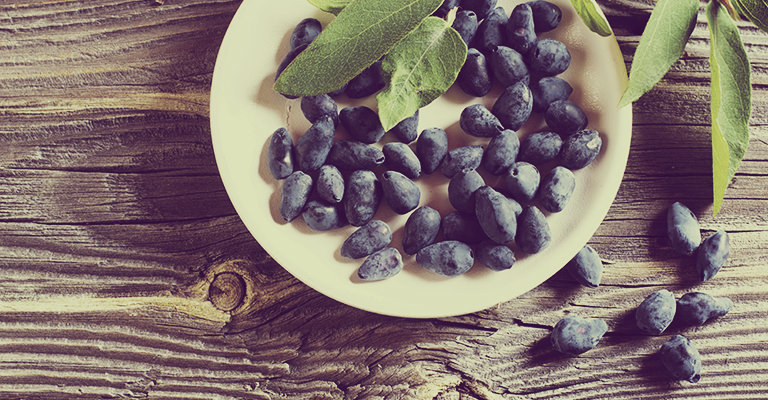
"Growing haskaps is really easy"
The haskap berry is a little blue fruit that’s often compared to a blueberry with an elongated shape. Their colour and texture is similar, but its flesh is purple and its taste very different.
The haskap's taste is somewhere between the blueberry's, the raspberry's and the black currant’s. Some also perceive a hint of blackberry, plum, nectarine and even rhubarb. This shows how complex its flavour is. And that flavour changes from one cultivar to another.
The haskap berry is a vitamin-rich fruit that comes from a shrub called edible honeysuckle. The first haskap plantations in Quebec only date back to 2007. Since then, the popularity of the berry has continued to grow.
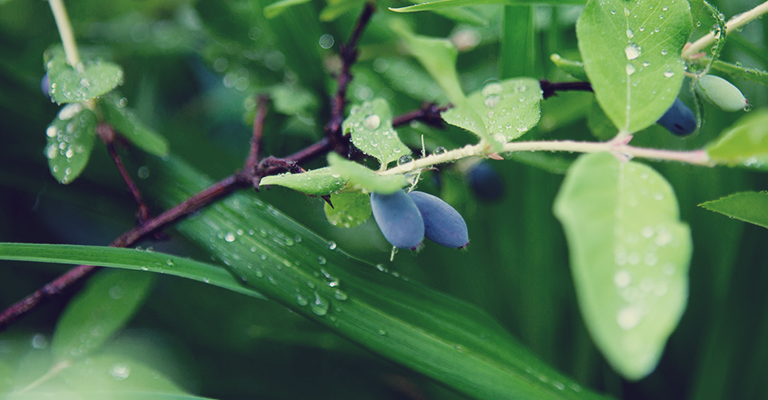
The indigenous species grows wild in northern regions, more specifically in the boreal forests of Asia, Europe and North America, but also in Japan, where its many benefits have been appreciated for hundreds of years. Although it is found in many of our forests, you have to pay attention to spot it among the bushes as it is rarely dominant.
The majority of plants found in our garden centres are hybrids developed in Saskatchewan. When mature, this pretty little fruit-bearing (but also ornamental) shrub reaches a height of about 1.5 metres. The shrub flowers early in the spring and attracts pollinators. Generally very productive, its fruits are ready to harvest just before strawberries.
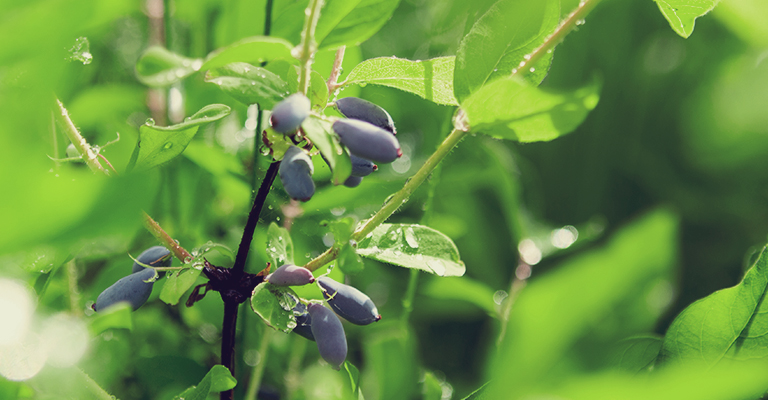
Although they can tolerate a little shade, haskap bushes prefer sunny locations, and best results are achieved in well-drained soils with a pH between 5 and 8. They are little demanding and will give you the opportunity to enjoy berries that are hard to find in grocery stores.
The haskap berry is a fascinating crop that is easy to grow anywhere in North America, as it is perfectly adapted to northern climates. Its flowers can tolerate temperatures of -7 °C, while the plant itself can resist temperatures of up to -47 °C!
The plant is also little affected by diseases and insects. Therefore, no chemicals are needed. In fact, your greatest enemy is birds. Protect your haskap bush with netting if you're planning on harvesting its fruits.
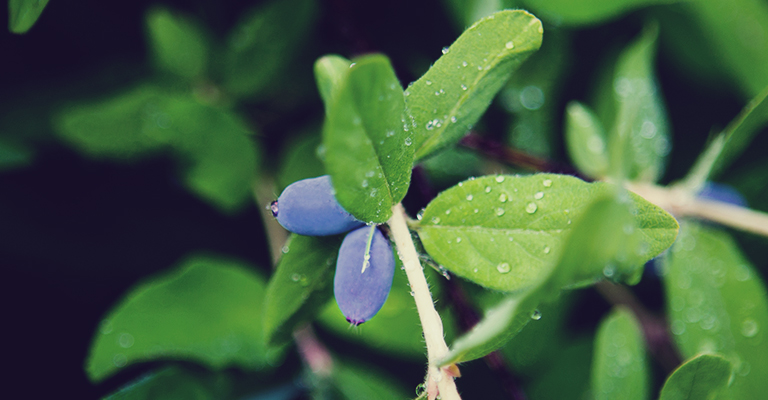
In Asia, the haskap berry is nicknamed “berry of longevity”. Its antioxidant content is unparalleled, surpassing even black currants, cranberries and wild blueberries.
Very rich in vitamins A and C and essential minerals, it also has an impressive fibre content, which is perfect for healthy food enthusiasts.
With its complex and intense flavour, the berry’s popularity keeps growing, not only in our gardens, but also in restaurants and hotel resorts. Some great chefs even tend to prefer haskaps to other small fruits in their recipes.
Versatile and easy to cook, you can enjoy haskap berries from appetizer to dessert, as its unique taste enhances game meats, is a sensation in desserts and salads, and gets along well with cheeses.
Here’s a mouth-watering recipe taken from the website of Camerise Québec:
Wholegrain rice, haskap berries and goat cheese salad
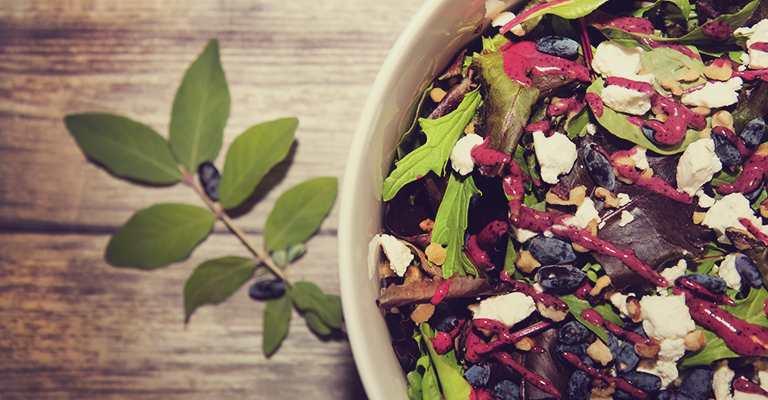
Ingredients
Haskap vinaigrette
Salad
Haskap vinaigrette preparation:
Put all the ingredients in a measuring cup. In a blender, reduce to obtain a smooth texture. Store in an airtight container in the refrigerator for up to two weeks.
Salad preparation:
In a large salad bowl, mix the rice with half the vinaigrette. Add the chosen leafy veggies, haskaps and walnuts. Mix, then taste. Add vinaigrette and season with salt and pepper to taste. Sprinkle the goat cheese over the salad before serving.
Subscribe to our newsletter to receive our gardening tips, news and more directly in your inbox! Fill in the form below. Please note that fields with an * are required.